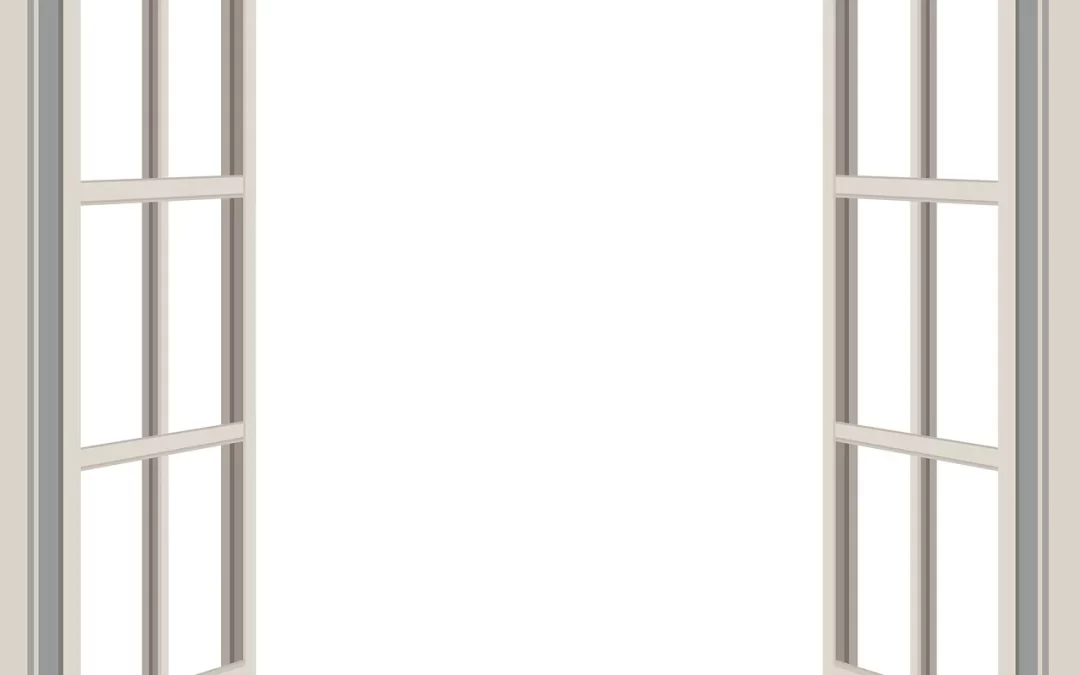Upgrading your windows brings added comfort and energy efficiency to your home. If you are planning an Addison window replacement, it’s helpful to understand the steps involved. From the consultation to installation day, knowing what happens at each phase makes the entire process smoother. During the replacement, you will learn about assessing your current windows, choosing the best options, and preparing for installation. With a trusted team handling the details, your home will receive the care it needs for long-lasting results.
Starting with a Consultation
What Happens During the Initial Visit
During the initial visit, a professional will meet with you to discuss your window replacement needs. This is the time to share any concerns or goals you have for the project. The team will also ask questions about your home’s current window setup. They may ask about your preferences for style, energy efficiency, and materials. The visit is helpful for setting clear expectations and planning the best approach for your replacement. It’s a great chance to learn more about the process and how it will work specifically for your home.
Inspecting and Evaluating Your Current Windows
During the consultation, the professional will inspect your current windows. This includes checking for issues such as drafts, cracks, or any visible damage. They will also evaluate the frame and surrounding structure to determine if any repairs are needed before replacement. This step ensures the new windows will fit perfectly and function well. The evaluation helps the team understand which types of windows are best suited for your home. By the end of this inspection, the professional will have a clear idea of what needs to be done for a smooth installation.
Selecting Your New Windows
Types of Windows to Consider
When selecting new windows, you have a variety of options to choose from. Some of the most common types include double-hung, casement, and sliding windows. Double-hung windows are a popular choice because they open from both the top and bottom, allowing for better airflow. Casement windows, on the other hand, open outward with a crank, making them easy to operate. Sliding windows are another option, especially for larger spaces where you need a wider window. Each type has its own advantages, so it’s important to consider your home’s layout and personal preference.
Key Features to Keep in Mind
When choosing new windows, there are a few key features to think about. One important factor is energy efficiency. Look for windows with double or triple-pane glass to help insulate your home better. Another feature to consider is the frame material. Vinyl frames are affordable and low maintenance, while wood frames offer a classic look but require more upkeep. The style of the window should also match your home’s design. Finally, make sure to pick windows that provide the right level of security. Features like reinforced locks can add extra protection to your home.
Scheduling the Installation
Setting an Installation Date
After choosing your new windows, the next step is setting an installation date. The installation team will work with you to find a time that fits your schedule. It’s important to select a date when you can be home or have someone present. This allows you to address any last-minute questions and ensure everything is going smoothly. The installation can usually be completed in one or two days, depending on the number of windows being replaced. Weather conditions may also affect the timing, so choosing a clear day is always a good idea.
How to Prepare Your Space for the Replacement
Before installation day, it’s important to prepare your home. Start by clearing the area around your windows. Move furniture and any personal belongings that may get in the way. This helps the installation team work more efficiently and prevents any damage to your items. If you have window treatments like blinds or curtains, these should also be taken down. The team may lay down protective coverings, but it’s always good to tidy up beforehand. This preparation ensures the process goes smoothly, allowing the installers to focus on getting your new windows in place quickly.
The Installation Process
Removing the Old Windows
The first step in the window replacement process is removing the old windows. The team carefully takes out each window, making sure no damage is done to the surrounding frame or walls. They will unscrew or loosen any fasteners holding the windows in place and gently lift them out. After the windows are removed, the opening is inspected to confirm it’s ready for the new installation. If needed, any repairs to the frame or surrounding area will be completed before moving forward. This preparation helps the new windows fit securely and function properly.
Installing the New Ones Safely
Once the old windows are removed, the new ones are carefully installed. The team places the new windows into the prepared openings, checking that they are level and fit snugly. Proper alignment is important to avoid any drafts or gaps. After placing the windows, they are fastened securely and sealed around the edges to prevent air or moisture from entering. Once secured, each window is tested to confirm it opens and closes smoothly. This careful installation process helps to guarantee long-lasting performance and comfort.
Inspecting the Finished Work
Reviewing the New Windows
After the new windows are installed, the team will check them to make sure everything is in place. They will inspect the fit of the windows, ensuring there are no gaps or drafts. They will also check that the windows open and close properly, without any issues. Locks, latches, and other mechanisms will be tested for smooth operation. This review is important to confirm that the installation meets all necessary standards. If anything needs adjusting, the team will take care of it before moving on to the next step.
Clean-Up and Final Steps
Once the inspection is complete, the team will start cleaning up the work area. Any old materials, such as removed windows or debris, will be cleared away. The installers will make sure your space is left tidy and ready for use. They may also provide you with basic care instructions for your new windows, so you know how to keep them in good condition. This final stage allows you to enjoy your new windows without any hassle, knowing the job has been completed with attention to detail.
Caring for Your New Windows
Simple Maintenance Tips
Taking care of your new windows is important to keep them in good condition. One simple maintenance tip is to clean the windows regularly with a mild soap and water solution. Avoid using harsh chemicals that could damage the glass or frame. You should also inspect the window seals from time to time. If you notice any gaps, it’s a good idea to address them early to avoid drafts. Lubricating the window tracks can also help the windows open and close smoothly. By following these easy steps, you can keep your windows looking great and working well.
Maintaining Long-Term Durability
For long-term durability, it’s important to follow a few key practices. First, check the weatherstripping around your windows at least once a year. If it looks worn or damaged, replacing it will help keep your home energy-efficient. Regularly check for signs of moisture buildup, which can lead to damage if left unchecked. Keeping the windows free from dirt and debris also extends their lifespan. Proper care will help your windows continue to function properly for years, offering protection and comfort to your home.
Enjoy the Benefits of Your Professionally Replaced Windows
Once your windows have been replaced, you’ll notice an immediate improvement in your home’s comfort and appearance. By following the steps outlined in this process, you can be confident that your window replacement will be handled efficiently and professionally. Regular upkeep will help maintain the quality of your new windows, ensuring they continue to perform well and add value to your home over time.

